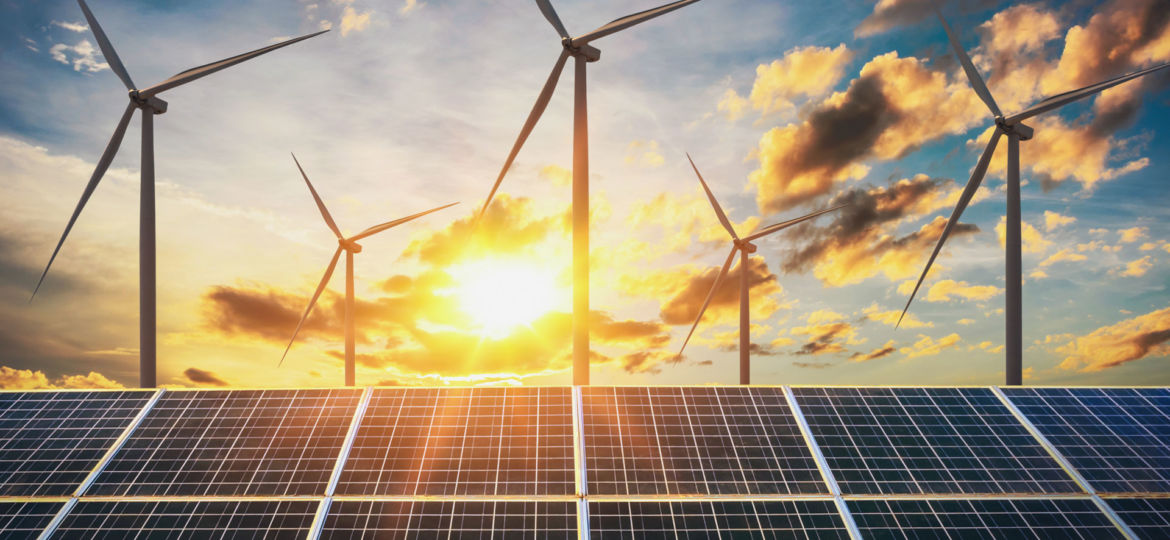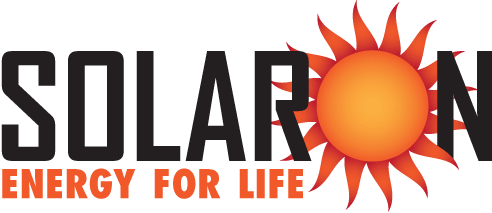
When the Golden State provides electricity to its citizens, it uses up natural resources to generate that electricity. Some of these sources include:
- Nuclear (9%)
- Natural gas (47%)
- Coal (.15%)
- Oil (.02%)
Thus, non-renewable resources represent approximately 57% of California’s electricity production. When we say “non-renewable,” we mean that these sources are finite — only a certain amount is available before they are all used up. Sadly, these sources are also not considered environmentally clean. Take natural gas, for instance — it’s responsible for generating nearly half the electricity used on the California grid. However, using it sends greenhouse gases into the atmosphere — about 581 million tons of carbon dioxide in 2018 alone! Certainly, natural gas is far more efficient than coal or oil, which now represent very little of the California energy total. Nevertheless, due to climate concerns, many authorities encourage developing alternative, clean ways of generating energy. These alternatives are called renewable energy sources, or renewables. Hydroelectric, geothermal, wind, and solar electricity are relatively clean and renewable — they should never run out.
A Third Energy Category
A third category is biomass energy, made from burning wood or collecting gas from decomposing natural matter. Although biomass energy is potentially renewable and, like natural gas, relatively efficient compared to other energy sources, biomass generation still creates some greenhouse gas and air pollution while producing electricity. An example is the collection of the copious amount of gas belched and farted by dairy cows while in their milking barns. This flammable gas, later combined with the decompositional gasses generated by their dung, is actually becoming a moneymaking source of renewable, though certainly not 100% clean, bioenergy.
Wind Energy Potential Limited
In the present, in certain areas of California you might see a single wind turbine in the distance. Or perhaps you drive by a large wind farm with hundreds of giant blades spinning around on tall towers — in truth, an awesome sight. Even with large farms, however, wind only generates about 7% of California’s electrical power. That’s because steady wind isn’t everywhere. You need to set up these large windmill-like turbines where there’s regular wind, and then along hundreds of acres of open land. Geography is a limiting factor.
What About Solar Power?
Sunlight is everywhere in California and solar panels are versatile. You don’t need to clear away large tracts of unused land. You can install solar panels right on top of already-developed commercial or residential properties, or even more unique applications like:
- Parking lots
- Sports arenas
- Bike paths
- Federal, state and municipal buildings
- Museums
- Parkland shade structures
Certainly, these ideas certainly show how solar energy offers many more applications than any other electrical power source, due to the ability to distribute solar panels across a wide area and then network the production of these panels to a single utility grid.
When you add private consumer production to the several commercial and industrial photovoltaic farms, solar power generates 14% of California’s energy consumption — twice what wind power offers. But that’s just the tip with solar — the capacity for growth is staggering! According to a recent article, only 9% of detached residential homes in California had solar panels as of 2017. What an amazing opportunity if more homes have solar panels! And that’s where Solaron of Sacramento comes in.
By installing solar power, you reduce how many natural resources get consumed to generate electricity, thereby reducing greenhouse gas emissions. Since you use much less power from the grid, your monthly expenses are smaller, and you don’t have to worry about increasing costs. If you’d like to take advantage of these economic and ecologic benefits, let our Solaron information agents discuss the issue with you. We’ll look at your circumstances and explain all of the options available, including opportunities like power storage and sending unused power to the grid. Schedule a free solar assessment online or give us a call to discuss how you can help the Golden State consume fewer natural resources.

